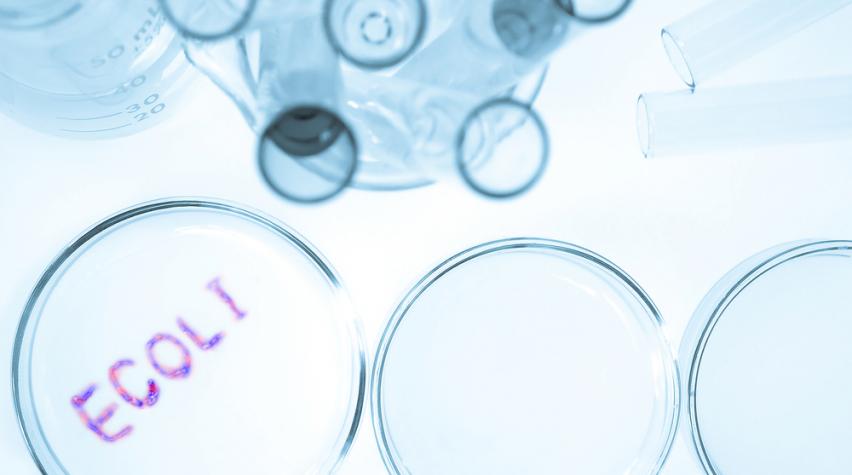
In an attempt to leapfrog conventional bacteria analysis techniques, researchers at Purdue University have created a new type of electronic sensor that can now distinguish between living and dead bacteria cells. This is a major step towards the goal of developing a sensor that can assist in food safety and medical diagnosis.
Future lab on a chip
It is hoped that the new technique will one day sidestep the slow process of sample culturing in the lab by replacing it with hundreds of sensors on an electronic chip that would each seek to identify a specific type of bacteria.
By developing the ability to distinguish between live and dead bacteria, the researchers at Pu rdue not only can identify bacteria but understand whether antibiotics are effective in killing specific bacteria.
Studying osmoregulation to determine life
The sensor works by detecting changes in electrical conductivity in droplets containing bacteria cells. Bacteria cells maintain the proper internal pressure through osmoregulation, a process in which water, salts and other molecules move across the cell membrane.
As a droplet begins to evaporate on the sensor, bacteria cells contained in the droplet detect the increasingly salty environment, triggering emergency valves called osmoregulatory transporters in the cell membrane. The cells then either take in or release water and charged molecules including salts, changing the electrical conductivity of the surrounding fluid in the droplet, which is measured by electrodes.
This change in electrical conductivity varies according to whether a bacteria cell is dead or alive and also might be used to identify specific types of bacteria because they use fundamentally different osmoregulatory channels. Watch this YouTube video for an explanation of this process.
For more details, see the press release and the researchers’ published work.


